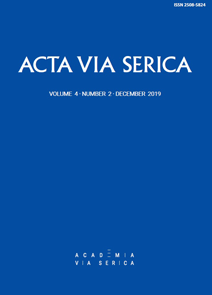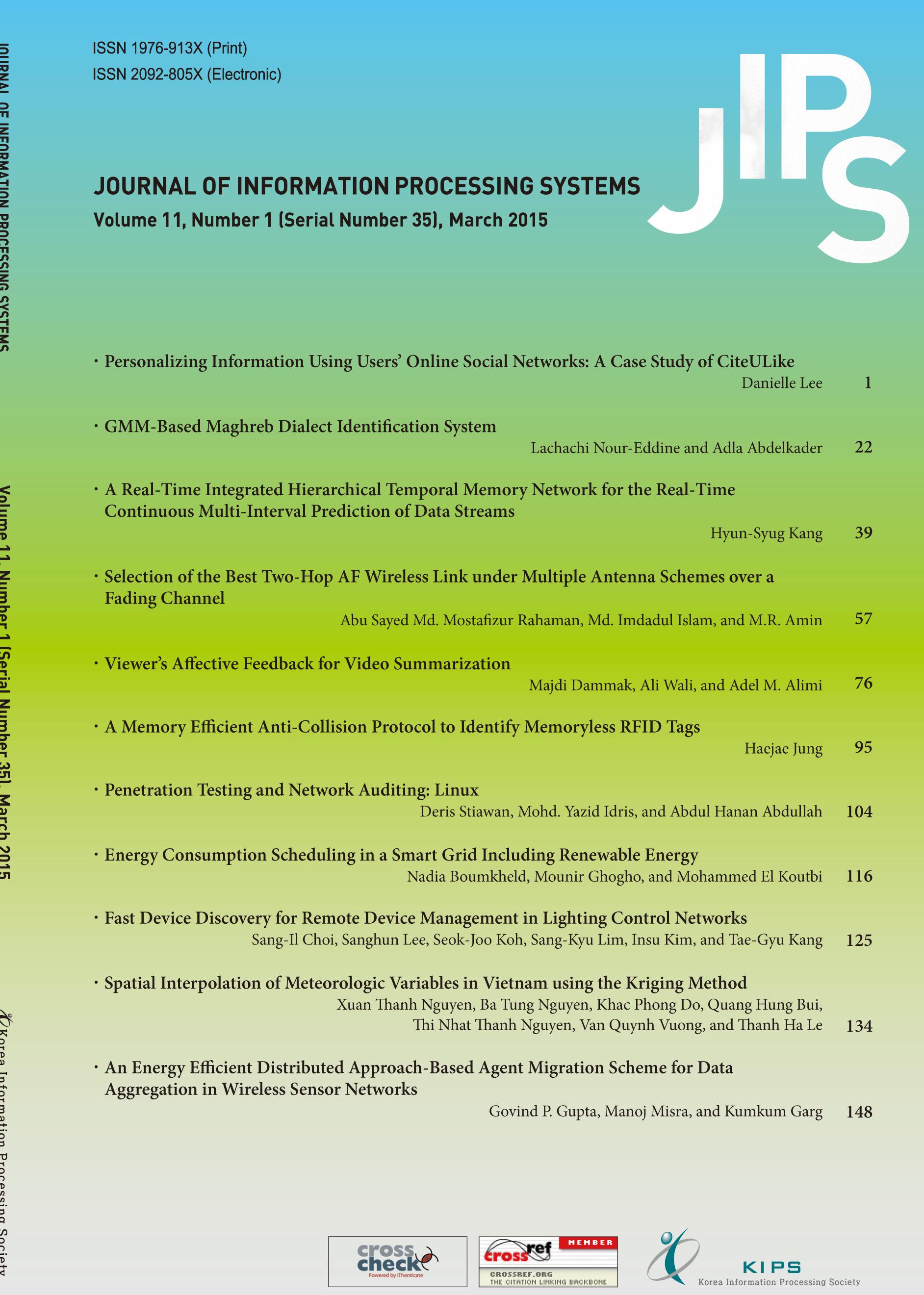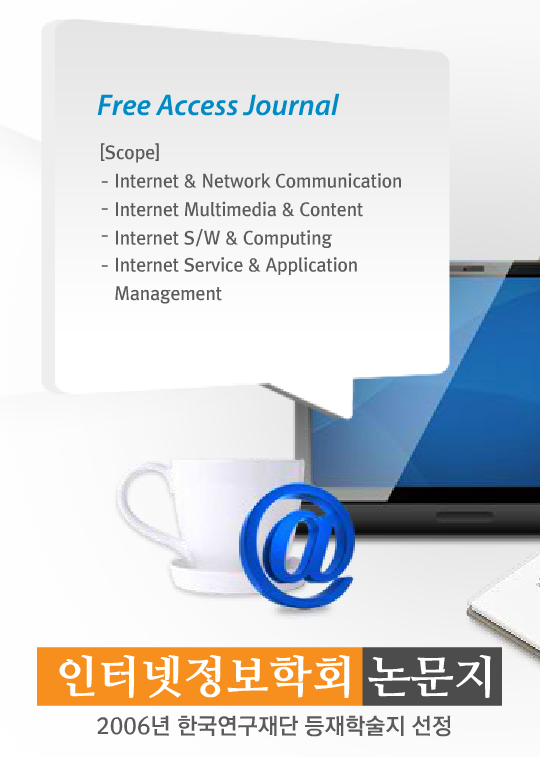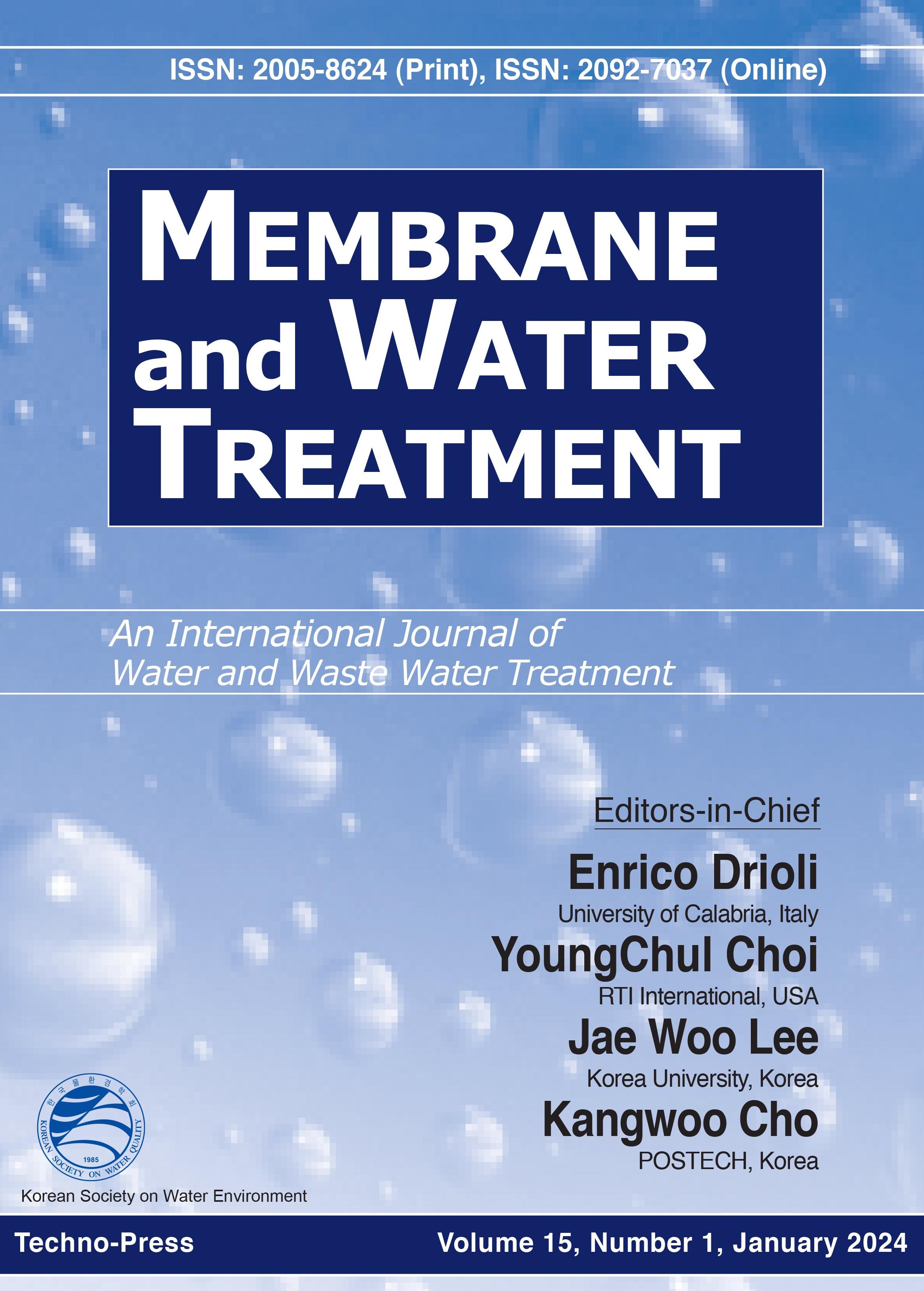Combining Physical and Data-Driven Knowledge in Ubiquitous Computing (part of Ubicomp'18)
CPD 2018
- URL: https://ubicomp18.github.io/workshop18-cpd/
- Event Date: 2018-10-12 ~ 2018-10-12
- Submission Date: 2018-08-01
- Location: Singapore, Singapore
Real-world ubiquitous computing systems face the challenge of requiring a significant amount of data to obtain accurate information through pure data-driven approaches. The performance of these pure data-driven systems greatly depends on the quantity and `quality' of data. In ideal conditions, pure data-driven methods perform well due to the abundance of data. However, in real-world systems, collecting data can be costly or impossible due to practical limitations. Physical knowledge, on the other hand, can be used to alleviate these issues of data limitation. This physical knowledge can include 1) domain knowledge from experts, 2) heuristics from experiences, and 3) analytic models of the physical phenomena. With the physical knowledge, we can infer the target information 1) more accurately compared to the pure data-driven model, or 2) with limited (labeled) data, since it is often difficult to obtain a large amount of (labeled) data under various conditions. In recent years, researchers combine this physical knowledge with traditional data-driven approaches to improve the computing performance with limited (labeled) data. We aim to bring researchers that explore this direction together and search for systematic solutions across various applications.
Topics of interests include, but are not limited to, the follows:
- Innovations in learning algorithms that combine physical knowledge or models for sensor perception and understanding
- Experiences, challenges, analysis, and comparisons of sensor data in terms of its physical properties
- Sensor data processing to improve learning accuracy
- Machine learning and deep learning with physical knowledge of sensor data
- Mobile and pervasive systems that utilize physical knowledge to enhance data acquisition
- System services such as time and location estimation enhanced by additional physical knowledge
- Heterogeneous collaborative sensing based on physical rules
The application areas include but not limited to:
- Human-centric sensing applications
- Environmental and structural monitoring
- Smart cities and urban health
- Health, wellness & medical
Successful submissions will explain why the topic is relevant to the data limitation caused problem that may be solved through the physical understanding of domain knowledge. In addition to citing relevant, published work, authors must cite and relate their submissions to relevant prior publications of their own. Ethical approval for experiments with human subjects should be demonstrated as part of the submission.
Topics of interests include, but are not limited to, the follows:
- Innovations in learning algorithms that combine physical knowledge or models for sensor perception and understanding
- Experiences, challenges, analysis, and comparisons of sensor data in terms of its physical properties
- Sensor data processing to improve learning accuracy
- Machine learning and deep learning with physical knowledge of sensor data
- Mobile and pervasive systems that utilize physical knowledge to enhance data acquisition
- System services such as time and location estimation enhanced by additional physical knowledge
- Heterogeneous collaborative sensing based on physical rules
The application areas include but not limited to:
- Human-centric sensing applications
- Environmental and structural monitoring
- Smart cities and urban health
- Health, wellness & medical
Successful submissions will explain why the topic is relevant to the data limitation caused problem that may be solved through the physical understanding of domain knowledge. In addition to citing relevant, published work, authors must cite and relate their submissions to relevant prior publications of their own. Ethical approval for experiments with human subjects should be demonstrated as part of the submission.














